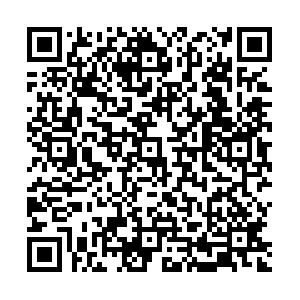| [1] |
PARISA R,DIANE J C,LAWRENCE B H,et al.Discovering activities to recognize and track in a smart environment[J].IEEE Transactions on Knowledge and Data Engineering,2011,23(4):527-539.
|
| [2] |
FANG H Q,HU C.Recognizing human activity in smart home using deep learning algorithm[C]//201433rd Chinese Control Conference,CCC.Piscataway, NJ:IEEE Press, 2014:4716-4720.
|
| [3] |
KEVIN B,DANY F S,SEBASTIEN G,et al.Accurate RFID trilateration to learn and recognize spatial activities in smart environment[J].International Journal of Distributed Sensor Networks,2013,19(2):1-15.
|
| [4] |
ZHANG S,SALLY M,BRYAN S,et al.Using duration to learn activities of daily living in a smart home environment[C]//International Conference on Pervasive Computing Technologies for Healthcare.Piscataway,NJ:IEEE Press,2010:1-8.
|
| [5] |
WANG C L,ZHENG Q,PENG Y Y,et al.Distributed abnormal activity detection in smart environments[J].International Journal of Distributed Sensor Networks,2014,2014(3):1-15.
|
| [6] |
PAN S J L,YANG Q.A survey on transfer learning[J].IEEE Transactions on Knowledge and Data Engineering,2010,22(10):1345-1359.
|
| [7] |
BAYLOR W. Transfer learning in spatial reasoning puzzles[C]//IJCAI 2011-22nd International Joint Conference on Artificial Intelligence.California:International Joint Conference on Artificial Intelligence,2011:2864-2865.
|
| [8] |
HUANG P P,WANG G,QIN S Y.Boosting for transfer learning from multiple data sources[J].Pattern Recognition Letters,2012,33(5):568-579.
|
| [9] |
PARISA R,DIANE J C.Activity knowledge transfer in smart environment[J].Pervasive and Mobile Computing,2011,7(3):331-343.
|
| [10] |
HU D H,YANG Q.Transfer learning for recognition via sensor mapping[C]//IJCAI 2011-22nd International Joint Conference on Artificial Intelligence.California:International Joint Conference on Artificial Intelligence,2011:1962-1967.
|
| [11] |
FRANCISCO J O,GWENN E,PAULA D T,et al.In-home activity recognition:Bayesian inference for hidden Markov models[J].IEEE Pervasive Computing,2014,13(3):67-75.
|
| [12] |
WANG C L,DEBRAJ D,SONG W Z.Trajectory mining from anonymous binary motion sensors in smart environment[J].Knowledge-Based Systems,2013,37(2):346-356.
|
| [13] |
PROVOTAR A I,LAPKO A V,PROVOTAR A A.Fuzzy inference systems and their applications[J].Cyberbetics and Systems Analysis,2013,49(4):517-525.
|
| [14] |
THIERRY M.A Measurement-theoretic axiomatization of trapezoidal membership functions[J].IEEE Transactions on Fuzzy Systems,2007,15(2):238-242.
|
| [15] |
THOMAS H C,CHARLES E L,RONALD L R,et al.Introduction to algorithm[M].3rd ed.Cambridge,MA:Massachusetts Institute of Technology,2009:643-683.
|

 点击查看大图
点击查看大图







 下载:
下载:
